author of Honorable Influence - founder of Mindful Marketing
Imagine a football play in which a 320 lb. offensive lineman ‘pancakes’ a 310 lb. defensive tackle (i.e., blocks him to the turf). The defensive player wouldn’t expect anyone to ask him afterward, “How did that experience make you feel?”
Professional football is a very physical game, played by some of Earth’s biggest, strongest, and toughest people. They sign up for that kind of contact, and many even enjoy it. Hurting each other’s feelings is likely the least of their concerns. So why are NFL officials making it theirs?
This past summer, the league’s competition committee decided to try to tighten the reins on what it perceived to be a growing problem: players taunting their opponents with words and gestures, often aimed at rubbing in others’ failure, e.g., “I scored a touchdown, and you couldn’t stop me,” of course, expressed in a more ‘colorful’ and humiliating way.
Contrary to what some think, the NFL didn’t create a new taunting rule for the current season; rather, it asked officials to more strictly enforce the existing rule against “the use of baiting or taunting acts or words that engender ill will between teams.”
Most fans and analysts have blasted the stricter enforcement, especially when such calls have helped sway the outcome of close games. Given the arguably unnecessary restrictions on expression, some have snidely suggested that NFL should stand for “No Fun League.”
Lest we forget, football and all professional sports are entertainment. So, if players don’t mind taunting, and fans tolerate or even enjoy it, why not give them what they want—that’s Marketing 101—meet the target market’s wants and needs.
But, what if taunting has an impact beyond the professionals playing on fields like Lambeau and in stadiums such as Gillette?
Last February, I wrote an article, “Leaving a Legacy of Irreverence,” about an unlikely taunting incident that transpired at a teen football camp in Myrtle Beach, SC. One of the campers inexplicably began berating NFL quarterback and one-time league MVP Cam Newton, shouting at him, “You a free agent! You a free agent! You're about to be poor!”
Like most people, I said that the young man’s unprovoked antagonism was out of line. However, I also suggested that he very well could have learned his trash talking from some of the same media pundits who quickly became his most vocal critics, namely ESPN’s often acerbic analyst, Stephen A. Smith.
Amid the great derision that taunting penalties have drawn this football season, I wonder if, again, we’re failing to connect some potentially important cause-effect dots:
Does NFL players’ taunting inspire young impressionable athletes, who often idolize them, to imitate the insults?
Like many, I grew up loving sports and trying, with very little success, to pattern my play after that of professional athletes. Since my limited and dated experience doesn’t go very far in answering the question above, I reached out to someone who knows young football players better than almost anyone and can very likely project the impact that NFL players’ taunting has on today’s emerging athletes.
Jim Roth has been the head football coach at Southern Columbia High School, in Central Pennsylvania, for 38 years. That remarkable longevity alone suggests his unique familiarity with high school football; however, his years on the job are only the beginning.
Roth’s teams have won an incredible 12 state championships—twice that of any other program in the state. Furthermore, his 471 victories make him the winningest high school football coach in Pennsylvania and place him among the top ten coaches in the nation. During one recent stretch, Roth’s teams went an unimaginable four years without losing a game.
All this to say, there are few people anywhere who know high school football, its players, and what motivates them better than Roth. I recently had an opportunity to speak with him and ask his perspective on taunting in the NFL and how it might impact high school players.
Roth very clearly conveys his feelings about the league’s tough stance on taunting: “I think the rule is great.” He doesn’t appreciate a defensive lineman leaning over a quarterback he just sacked or believe it’s right for a receiver to wave his fingers at a safety he’s beaten for a touchdown.
Roth contends that professional players often take their celebrations too far: “The other team feels bad enough that they’ve gotten scored on. There’s no need to humiliate them more.”
When it comes to the possibility of his own players taunting opponents, Roth again does not equivocate, “We don’t condone taunting; we aren’t okay with our kids doing it.”
Even as Roth and his coaching staff strive to develop their players’ character and instill self-discipline, he realizes it’s become increasingly hard to do so for a variety of reasons, including that fewer grow up learning the same sense of accountability and responsibility they did years ago.
Individual upbringing, however, is not the only factor that influences behavior like taunting. Roth also believes that the actions of older, more accomplished athletes influence those of their younger counterparts: “There’s no question that when kids see certain things on TV in professional or college games, they imitate them.”
So, one of the most successful football coaches of all-time doesn’t appreciate players on any level taunting their opponents. He also confirms that younger players often emulate the behavior, good and bad, of older ones, which gives good reason for the NFL to sack taunting.
It’s ironic that despite society’s increased awareness of the importance of good mental health, including for accomplished athletes like Olympic gold medalist Simone Biles, many people still see no problem with players in certain sports attempting to ‘get in the minds’ of their opponents. Yes, sports are games, but they also have real life physical and psychological consequences that don’t go away when players walk off the field or leave the court.
Battle-hardened NFL players may be able to endure taunting, and their fans might enjoy watching it, but many impressionable young football players and others see it and imitate it, to the detriment of themselves and others, all in a world that's wanting for respect and doesn't need more antagonism.
With television ratings at their highest since 2015, it doesn’t seem that the NFL has taken any financial hit for penalizing taunting; still, the significant pushback it’s received could cause the league to rethink its stricter stance. Such a reversion, however, would be a loss for many inside and outside football.
After nearly four decades of incredible success, winning games and developing young men, Roth maintains, “Winning without character is no better than losing.” That’s exactly what the NFL would be doing if it stops tackling taunting. However, as long as its referees throw flags for those demeaning deeds, the league wins with “Mindful Marketing.”
Learn more about the Mindful Matrix.
Check out Mindful Marketing Ads and Vote your Mind!

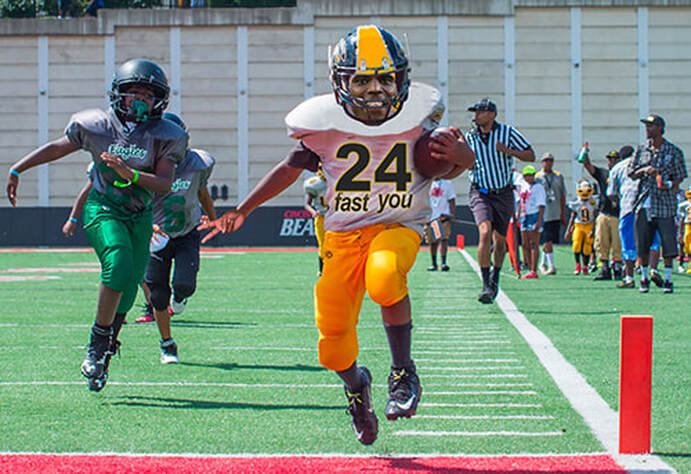
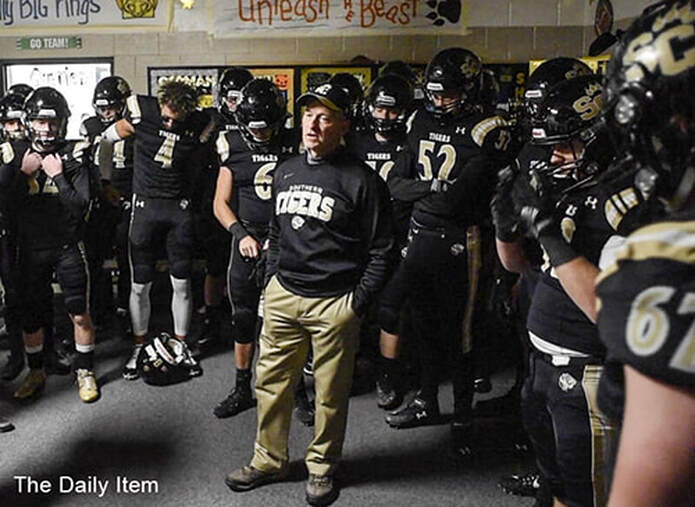
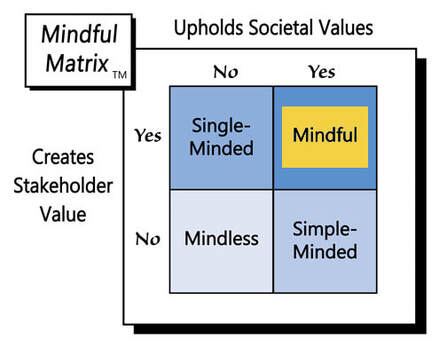
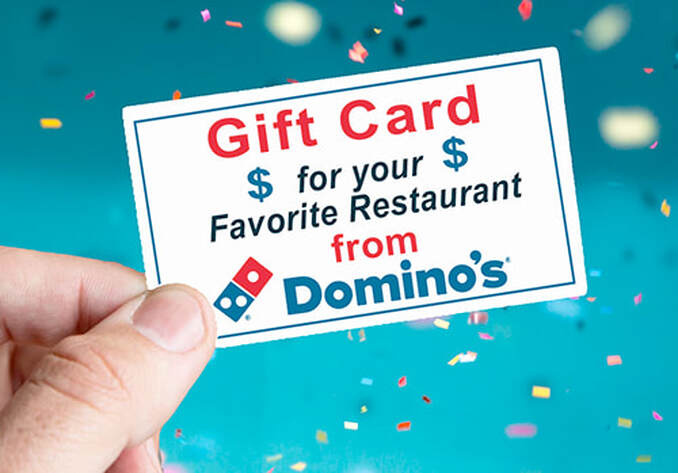

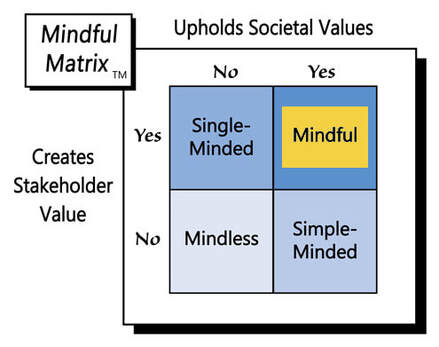
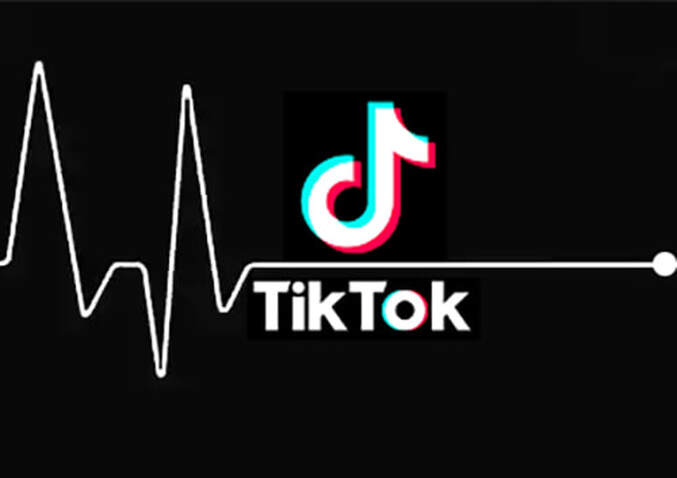

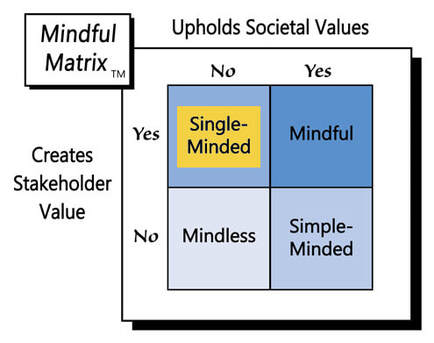
 RSS Feed
RSS Feed